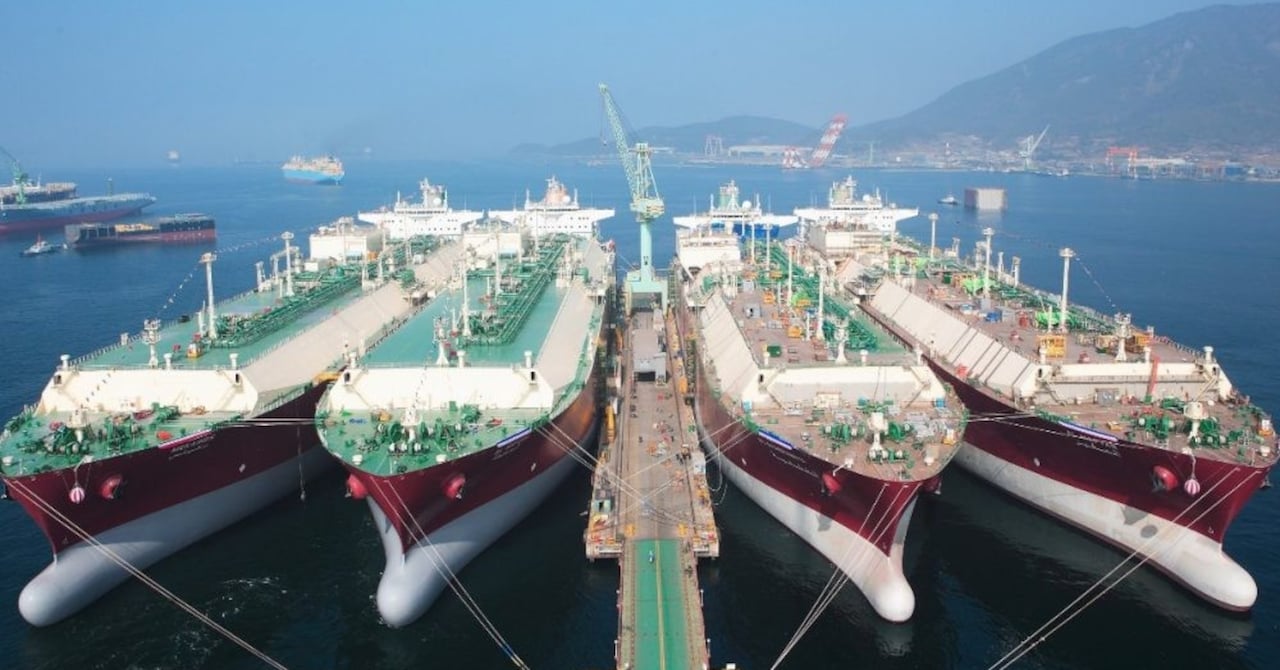Are they more productive because they are three times the size?
This is the problem we have with wind in Ontario:
View attachment 43021
It produces grossly out of phase with demand. It is most productive in the spring/fall, when demand is the lowest and least productive in the summer, followed by mid winter. CF for January has been ~20% so far. Summer CF is ~13% with large periods of time that can look like the above where it provides next to zero useful generation.
Getting more into the nuance, when it is extremely hot, it is almost always extremely still, so when AC demand takes load into peaker territory, wind is AWOL. A Capacity Value analysis has pegged wind at close to 0% in this province.
Now of course that won't apply everywhere but unless somebody is actually putting in the effort to track it the wrong conclusions can easily be arrived at. Wind produced 11TWh in 2020 in Ontario, ~90% of that would have been exported. If you didn't know that fact you'd have assumed that the 11TWh displaced gas, but that was not the case. Most of that was produced when we had zero use for the power, so it was dumped at $0.014/kWh to the US.
Now, if your baseload supply is fossil, then yes, wind has the potential to displace some emissions there (ignoring that fast-ramp plants are more emissions intense than 100% baseload operation) but if you have clean baseload, wind is an exercise in idiocy, as it will increase emissions intensity necessarily with the addition of standby gasgen.




